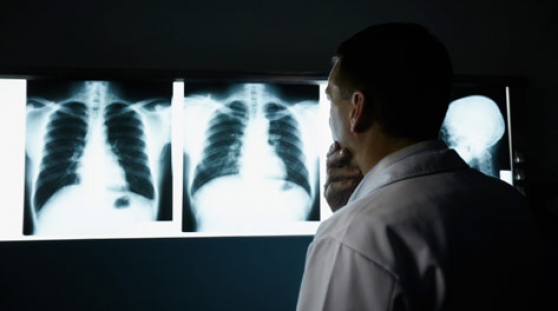Skin Cancer Health Center
Table of Contents

If you have a change on your skin, your doctor must find out whether or not the problem is the result of cancer. You will likely need to see a dermatologist, a specialist in the diagnosis and treatment of skin diseases.
Your doctor will check the skin all over your body to see if you have any other unusual growths.
Biopsy
If your doctor suspects a spot on your skin is cancer, you may need a biopsy:
- Your doctor will remove all or part of the skin that does not look normal.
- The sample will be sent to a lab.
- A pathologist checks the sample under a microscope.
- Sometimes it's helpful for more than one pathologist to check the tissue for cancer cells.
- You may have the biopsy in a doctor's office or as an outpatient in a clinic or hospital.
- The area being biopsied will be numbed so you won’t feel anything.
There are four common types of skin biopsies:
- Shave biopsy. The doctor uses a thin, sharp blade to shave off the abnormal growth.
- Punch biopsy. The doctor uses a sharp, hollow tool to remove a circle of tissue from the abnormal area. The tissue is then examined under a microscope.
- Incisional biopsy. The doctor uses a scalpel to remove part of the growth, which is examined for cancer cells.
- Excisional biopsy. The doctor removes the entire growth and some tissue around it. Ask your doctor when you can expect to hear about the results of your biopsy.
